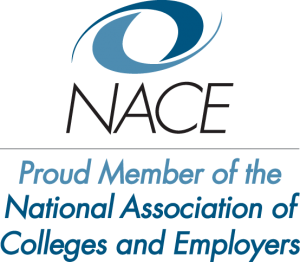First, what do you think is the primary job of human resources?
A) Make sure no laws or rules are broken with respect to managing the workforce.
B) Make sure the lights are out when you leave the building.
C) Make sure positions are filled, training is delivered, people are paid, and “people problems” are resolved.
D) Build a workforce that is comprised of talented individuals who are passionate about the work they do.
If you answered A, B, or C, please go onto the next blog. There’s nothing to see here. Yes, there are a number of important laws that affect human resource decisions, but did you go into HR to make sure boxes were checked? Did you go into HR thinking you would always be the first one in and the last one out, but always wondering if you are really having an impact? And, for that matter, is filling positions, delivering training, and making payroll examples of having impact, or just keeping the ship afloat?
What Should be the Business of HR?
In their 2007 book, Beyond HR: The New Science of Human Capital, authors and consultants John Boudreau and Peter Ramstad argue that all organizations should strive for excellence in three markets in order to compete: Financial Capital, Product/Customer, and Human Capital. It’s the latter that HR can have the biggest impact on, and therefore why we call it the “war on talent.” If my workforce is “better” than yours, I am helping my organization to compete, and I am contributing.
But let’s consider what else I get by “maximizing our human capital.” First, I am going to define human capital as the sum of performance capability and potential within the organization. It’s the extent to which the workforce can be productive, work together, and can develop and fill other future roles. Capability is simply the function of talent (skills, experience, etc.) and engagement. Talented workers who don’t care won’t produce; passionate employees without talent can’t either. So, the trick is to hire applicants who have the requisite job skills, but are also going to be interested and engaged in their work.
If you are like the majority of employers, you’ve put some thought into screening based on talent. You may use a structured interview or some form of assessment to predict who can do the job. But will they? And, how likely is it that they stay? What’s your turnover rate using your current hiring methods? What’s your argument that you are contributing to the strategic vision of your organization through building human capital?
How to Increase the Impact of HR Through Hiring
To take your hiring procedures to the next level, you will want to hire on the basis of talent (skills and experience) and fit. Talent-based hiring gives you employees who can do the work. Fit-based hiring gives you employees who will do the work, and stick around. And yes, they can complement each other (like chocolate and peanut butter).
jobZology® provides our clients customized predictive algorithms to help them identify who fits the job (the will do) and fits the workplace (who sticks around). When paired with traditional hiring tools, jobZology’s algorithms lead to greater human capital – talented and engaged employees.
Finally, YOU Deserve a Break
So, that’s how you can use hiring for fit to improve the organization’s competitiveness. But, what about you? What are the side benefits to you of hiring engaged employees?
One more quiz. Would your life be easier if:
1. You could see all your candidates on one screen with recommendations of who to hire?
2. You also got recommended interview questions if you are still not sure?
3. You knew that the only new hires you had to train were people who were intensely interested in the work and couldn’t wait to learn?
4. You were surrounded everyday by co-workers who loved to come to work?
5. Your turnover rate dropped considerably, and you could simply spend less time on recruiting and training?
6. You are wondering why you’ve ONLY considered hiring on talent in the past?
If you answered yes to one or more of these questions, consider expanding your understanding of what human capital means, and see how hiring for fit can augment whatever you are doing now during your screening process.







